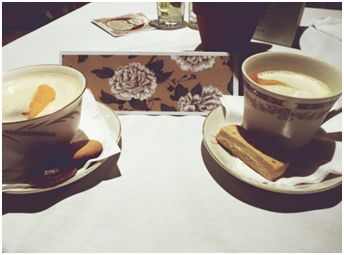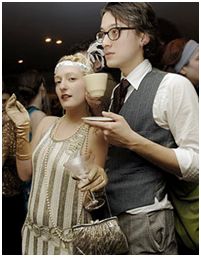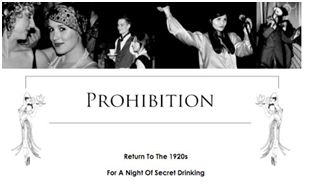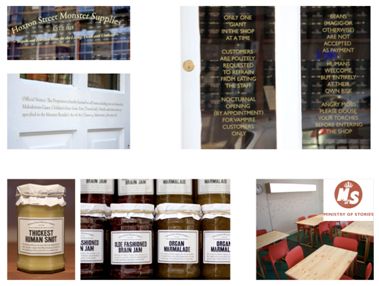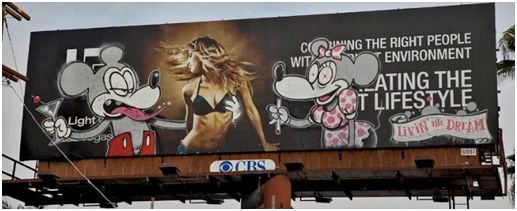![]()
You are welcome to share your thoughts on this article written by Greg Taylor, Founding Partner and Director of Brand Provocation at Elmwood
The incredible events of recent weeks have seen protesters in Tunisia and Egypt bring about the downfall of their autocratic leaderships. Their success has triggered similar social unrest in neighbouring countries such as Bahrain, Yemen and now Libya. The repressive and inefficient nature of these selfsame rulers caused widespread poverty that went unchecked for decades.
The question is why have ‘the people’ been successful now? The clue perhaps lies within the words of Yemeni protester Jameel Awad, a 28-year-old taxi driver, “Years of trying to keep the people in ignorance and poverty have failed. Tunisia and Egypt have shown us that nothing is impossible. The youth see that this is their time to claim the future . . . and we will not let the opportunity pass.”
But how did the youth see that this is ‘their time?’ The answer involves what’s been dubbed the Twitter revolution. Not that social media caused the uprising—people who take action cause uprisings! It did nevertheless help fuel unrest by inspiring people as to what was possible. Social media shone a light on the future for people who had been largely kept in the dark. It made maverick action tangible and sharable.
How to take action?
So how do you take action and start a rebellion? As Middle Eastern events have demonstrated, rebellion starts in the street—not in the palace—by people who want to challenge the status quo. In our world of branding the equivalent maverick action is started by rebels like Jobs, Roddick, and Zuckerberg who have a challenging new idea about how things should be done. But where do these maverick ideas come from and most importantly how do turn them into action?
Although we celebrate the likes of Jobs, Roddick, and Zuckerberg, if truth be told they’re not lone geniuses. New ideas in fact come about as a result of people bringing together unusual combinations from the masses of ‘stuff’ that is out there in the world. Unusual combinations like ice and hotel (Icehotel); unusual combinations like horror shop and child literacy (Hoxton Street Monster Supplies); or even unusual combinations such as war ammunition and gardening. It the unusual combination that makes for a great new idea. Let’s face it; you’re not likely to come up with a great new idea if you combine bread and butter!
So you’ve got a new idea. But how do you make it happen? Perhaps you could do worse than listen to Herb Kelleher of maverick airline SAS, who once said, “We have a strategy, it’s called doing things!” Maverick action is just that—ACTION. You just have to START! This doesn’t mean betting the farm. It just means that, as Chinese philosopher Lao-tzu, suggests, “A journey of a thousand miles begins with a single step.” Think about the smallest possible step you’re prepared to risk taking and take it. In the case of Icehotel it started out in November 1989 when founder Yngve Bergqvist arranged the first ice seminar together with the Society for Snow and Ice Sculptors in Kiruna. It was a two-week course in Jukkasjärvi. They invited two Japanese chefs and ice artists to teach them the craft of working in ice. A year later they then built the first snow building—a 60 square meter arched building where they hosted an art exhibition. The first guests stayed overnight in 1992. The rest is history. What they didn’t do was build an ice hotel and then market it. It was a series of small incremental bets that ended up as a hotel.
Likewise Tarak Mekki, the exiled businessman held up as a leading protestor in the Tunisian rebellion, didn’t storm President Zine Alabidine Ben Ali’s HQ. Instead he just posted videos on YouTube ridiculing the regime, and because Facebook was ubiquitous in Tunisia, two million people shared the desire for change and bit by bit built the momentum that eventually lead to maverick action!
Forbidden fruits taste sweeter
Subversion can take many forms. It’s not only those trying to overthrow autocratic leaderships who adopt maverick action to overturn the establishment. Others like prohibition-inspired Bourne and Hollingsworth recognize we all like a little subversion in our lives. In 1920s America there were those who were determined to rebel against the government of the day’s anti-drinking laws. Today, in a basement bar in London’s Fitrovia, you can experience a similar buccaneering spirit (!) After all, drinking gin fizz out of a teacup has a certain naughty glamour to it.
Photo:thisislondon.co.uk
Photo:skirmishofwit.typepad.com
Similar antics can be experienced at secret London locations whereby you can step back in time via Prohibition an events company. Completely hidden away from the prying eyes of police, the venue (revealed two-weeks before each event) is always an apt setting for Prohibition’s bootlegged alcohol and flamboyant floorshows.
Illicit cultivation
A gentler form of subversion is growing in LA where candy machines are being repurposed to vend garden seeds. The brainchild of Common Studio, Greenaid aims to facilitate what it calls ‘guerrilla gardening’ in the many forgotten grey spaces of the urban world, including sidewalk cracks, vacant lots and parking medians. It’s reclaimed a series of old, quarter-operated candy machines and converted them instead for use selling seed bombs—mixtures of clay, compost and seeds—that can be thrown anonymously into derelict urban sites to (temporarily) reclaim and transform them.
Seed bombs have a rich green history. Back in the 70s, they were called seed grenades and started the guerrilla gardening method. These seed grenades were made of water, fertilizer and local wildflower seeds packaged into condoms, glass ornaments or balloons and then tossed over fences into vacant New York City lots to beautify the neighborhoods.
The little shop of horrors
And in London’s Hoxton there’s a shop that’s not all it seems to be. The shop front is Hoxton Street Monster Supplies and sells sweets such as ‘Tinned Fear’ that come bundled with a short story ‘A Vague Sense of Unease’. However once you’re done shopping, you might notice that the shelves hide a secret—a disguised entrance that opens onto the Ministry of Stories (MoS)—a free space to stimulate creative writing with workshops, publishing projects and one-to-one mentoring. MoS is inspired by Dave Egger’s company, 826. 826 are writing centres in the US where children aged 8-18 can get one-to-one tuition with professional authors. Each is housed behind a fantastical shop-front designed to fire the imagination, and—through selling merchandise—generate income for the centre. Similarly, MoS aims to inspire children and to transform their lives through writing. Working closely with schools, supporting the work of teachers, they provide one-to-one mentoring for young people to enjoy imaginative stories, improve language skills, increase abilities in communication and add to social and educational confidence.
Painting Tinsel Town red . . .
Whilst egos may be dented when compared to the uprisings in the Middle East it’s unlikely that there will be too much blood spilt at this year’s Oscars. Although, the maverick actions of infamous graffiti artist Banksy suggest though that even this bastion of glitz is not safe from subversion. People aren’t sure whether his actions are an elaborate Oscar campaign for his documentary, «Exit Through the Gift Shop?» or a subversive statement about Hollywood’s biggest night? Maybe it’s both. Either way, Los Angeles has been waking up lately to new pieces by the controversial street artist. For example Light Group—a Las Vegas company that manages casinos and restaurants—had one of their billboards tagged with a debauched Mickey Mouse lookalike—a typical rebellious and witty Banksy hallmark!
Think different
So whether it’s the current history-making insurgents in the Middle East, the literary revolutionaries in Hoxton or the maverick artist in LA, the idea that people can challenge the establishment and change the world is one to be celebrated. Perhaps it’s fitting then to end with the words of Apple’s seminal ‘Think Different’ ad…
Here’s to the crazy ones.
The misfits.
The rebels.
The troublemakers.
The round pegs in the square holes.
The ones who see things differently.
They’re not fond of rules.
And they have no respect for the status quo.
You can quote them, disagree with them, glorify or vilify them.
About the only thing you can’t do is ignore them.
Because they change things.
They push the human race forward. And while some see them as the crazy ones,
we see genius.
Because the people who are crazy enough to think that they can change the world . . .
are the ones who do.
About the Author
Greg Taylor became founding partner in global brand design consultancy Elmwood in 1989. Now Director of Brand Provocation, Greg is the creator and facilitator of Step Change™, Elmwood’s strategic tool for moving ideas forward. Clients include ASDA, Wal-Mart, Arla Foods, BBC, COI (Defra and DfT), Cable&Wireless, Comic Relief, Debbie & Andrew’s, Durex, Glasgow 2014 Commonwealth Games, McCain, and the Met Office.

